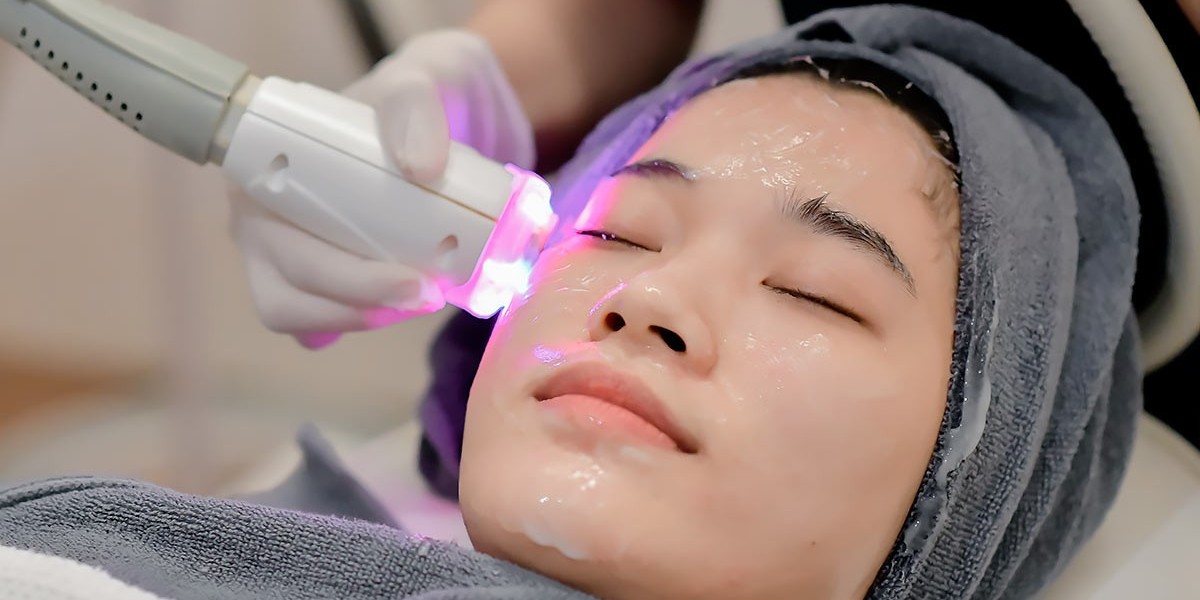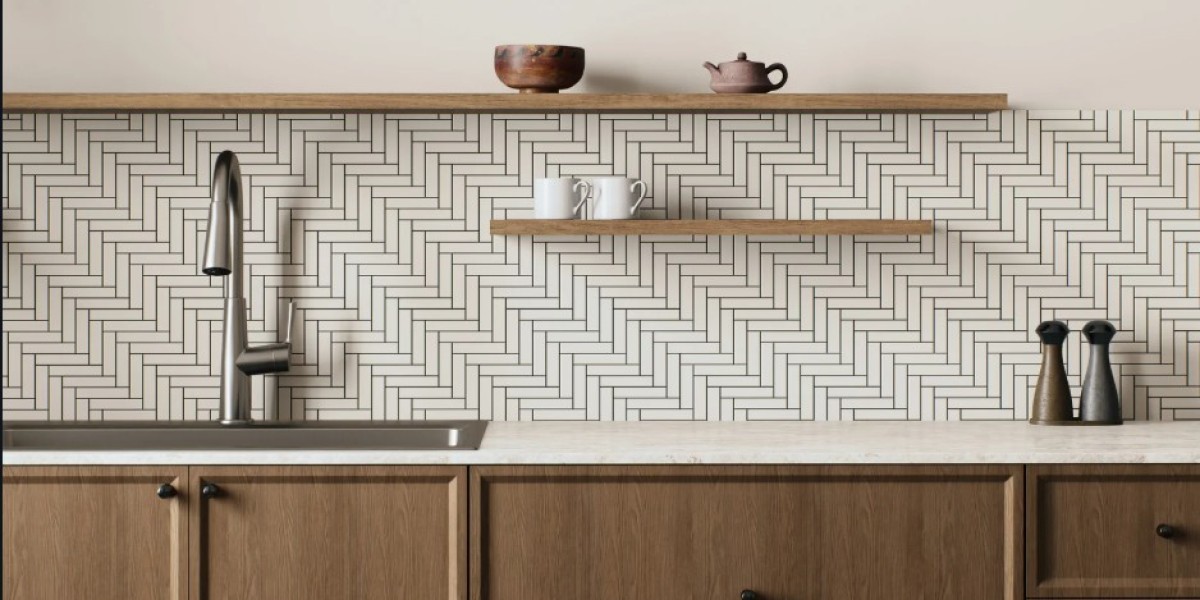Achieving radiant, youthful skin is no longer a dream reserved for the genetically blessed. With modern advancements in dermatology and aesthetic medicine, Skin Rejuvenation has emerged as a powerful, non-surgical solution to restore your skin’s vitality. But what really happens beneath the surface of your skin when you undergo these treatments?
If you're curious about the science behind the glow, this guide will walk you through the biological and technological mechanisms that make skin rejuvenation so effective. Whether you're dealing with wrinkles, dullness, or pigmentation, Skin Rejuvenation in Islamabad can be a transformative experience, especially when performed by experts like those at the SKN Cosmetics clinic.
What Is Skin Rejuvenation?
Skin rejuvenation is a broad term for a variety of treatments aimed at restoring a more youthful, smoother, and healthier appearance. These therapies can target multiple concerns such as fine lines, sun damage, pigmentation, acne scars, and sagging skin. The secret to their effectiveness lies in their ability to stimulate the body’s natural repair systems — particularly collagen production, cell turnover, and tissue regeneration.
The Structure of Skin: A Quick Overview
To understand how rejuvenation works, let’s first look at the basic structure of your skin:
Epidermis – The outermost layer, responsible for cell regeneration and protection.
Dermis – The middle layer, containing collagen, elastin, nerves, and blood vessels.
Hypodermis – The deepest layer, made up of fat and connective tissues.
Most skin rejuvenation treatments target the epidermis and dermis, aiming to stimulate collagen and remove damaged skin cells, allowing fresh, healthy cells to surface.
How Skin Rejuvenation Treatments Work
Different treatments use different methods, but most rely on one or more of the following biological mechanisms:
1. Collagen Stimulation
Collagen is a protein that gives your skin its structure, strength, and elasticity. Unfortunately, collagen production declines with age, leading to wrinkles, sagging, and a lackluster complexion.
Treatments like microneedling, radiofrequency (RF), and fractional lasers create controlled micro-injuries to the skin. These tiny injuries don’t cause permanent damage but instead activate the body’s natural wound-healing response, which leads to an increase in collagen and elastin production.
Over time, the skin becomes firmer, smoother, and more youthful in appearance.
2. Exfoliation and Cell Turnover
The epidermis renews itself approximately every 28 days, but this process slows down with age. Accumulation of dead skin cells leads to a dull, uneven skin tone.
Chemical peels, microdermabrasion, and laser resurfacing help exfoliate the top layers of skin, removing the buildup of dead cells and revealing newer, brighter skin beneath. This also encourages faster cell turnover, which improves skin texture, reduces pigmentation, and enhances the skin’s ability to absorb nutrients and skincare products.
3. Pigment Reduction
Hyperpigmentation, melasma, and sunspots occur due to excess melanin production. Intense Pulsed Light (IPL) and certain laser therapies use light energy to target and break down melanin clusters in the skin. Once broken apart, the pigment either fades or is naturally shed through the skin’s regeneration process.
This results in a clearer and more even skin tone, especially beneficial for those with sun damage or post-acne marks.
4. Vascular Improvement
Broken capillaries and redness (often seen in conditions like rosacea) are due to dilated or damaged blood vessels. IPL and laser therapies are also effective in targeting hemoglobin in the blood vessels, causing them to constrict and gradually disappear without damaging surrounding tissue.
This helps reduce redness, flushing, and visible veins, improving skin clarity.
5. Hydration and Nutrient Infusion
Treatments like HydraFacials and oxygen facials infuse the skin with moisture, antioxidants, and essential nutrients. These facials use patented vortex technology or pressurized oxygen to deliver hyaluronic acid, peptides, and vitamins deep into the dermis. This not only hydrates the skin but also enhances its protective barrier and stimulates cellular activity.
The result is plump, glowing, and deeply nourished skin.
Technologies Behind Skin Rejuvenation
Here are some of the most common tools and technologies used to perform skin rejuvenation treatments:
Fractional CO2 Lasers – Deliver controlled heat deep into the dermis, promoting collagen synthesis.
Radiofrequency Devices – Use electrical energy to heat tissues and stimulate collagen without damaging the surface.
Microneedling Pens – Create tiny punctures in the skin, boosting collagen and enabling product penetration.
IPL Machines – Use broad-spectrum light to target pigmentation and vascular concerns.
Microdermabrasion Tools – Mechanically exfoliate the outer skin layers.
Chemical Peels – Use acid-based solutions to chemically exfoliate and renew the skin surface.
Each technology is selected based on the skin concern being treated and the patient’s unique skin type.
Who Are Ideal Candidates?
Skin rejuvenation treatments are suitable for:
Individuals with fine lines, wrinkles, and sagging skin
Those with uneven tone or pigmentation issues
Acne-prone skin and people with acne scars
People with dull, dehydrated skin
Adults seeking preventive anti-aging care
Men and women wanting non-invasive solutions for skin improvement
However, it’s essential to consult with a certified aesthetician or dermatologist before starting any treatment plan. Certain medical conditions or skin types may require a tailored approach.
What to Expect During a Skin Rejuvenation Session
While each procedure is different, here’s a general idea of what to expect:
Consultation: A specialist assesses your skin and recommends the right treatment.
Procedure: Sessions typically last 30 to 90 minutes depending on the treatment type.
Sensation: Most treatments cause mild discomfort, but are generally well-tolerated.
Downtime: Minimal to none for most treatments. Some may experience redness or flaking for a day or two.
Results: Some benefits are visible immediately, while others (like collagen production) improve over several weeks.
How Long Do the Results Last?
Results vary based on treatment type, skin condition, and lifestyle. Some treatments offer immediate but temporary improvements, while others (like laser resurfacing or RF) offer long-lasting results that can persist for months with proper skincare.
Maintenance treatments and a consistent skincare routine with sun protection will significantly prolong your glow.
Conclusion
Understanding how skin rejuvenation works helps you make an informed decision about your skincare journey. These advanced treatments harness your body’s natural healing processes—stimulating collagen, increasing cell turnover, and correcting pigment—to reveal smoother, brighter, and younger-looking skin.
If you're considering Skin Rejuvenation in Islamabad, trust the experienced hands at the SKN Cosmetics clinic. With cutting-edge technology, personalized consultations, and certified skin specialists, SKN Cosmetics offers safe, science-backed treatments to help you achieve long-lasting radiance and skin health.








